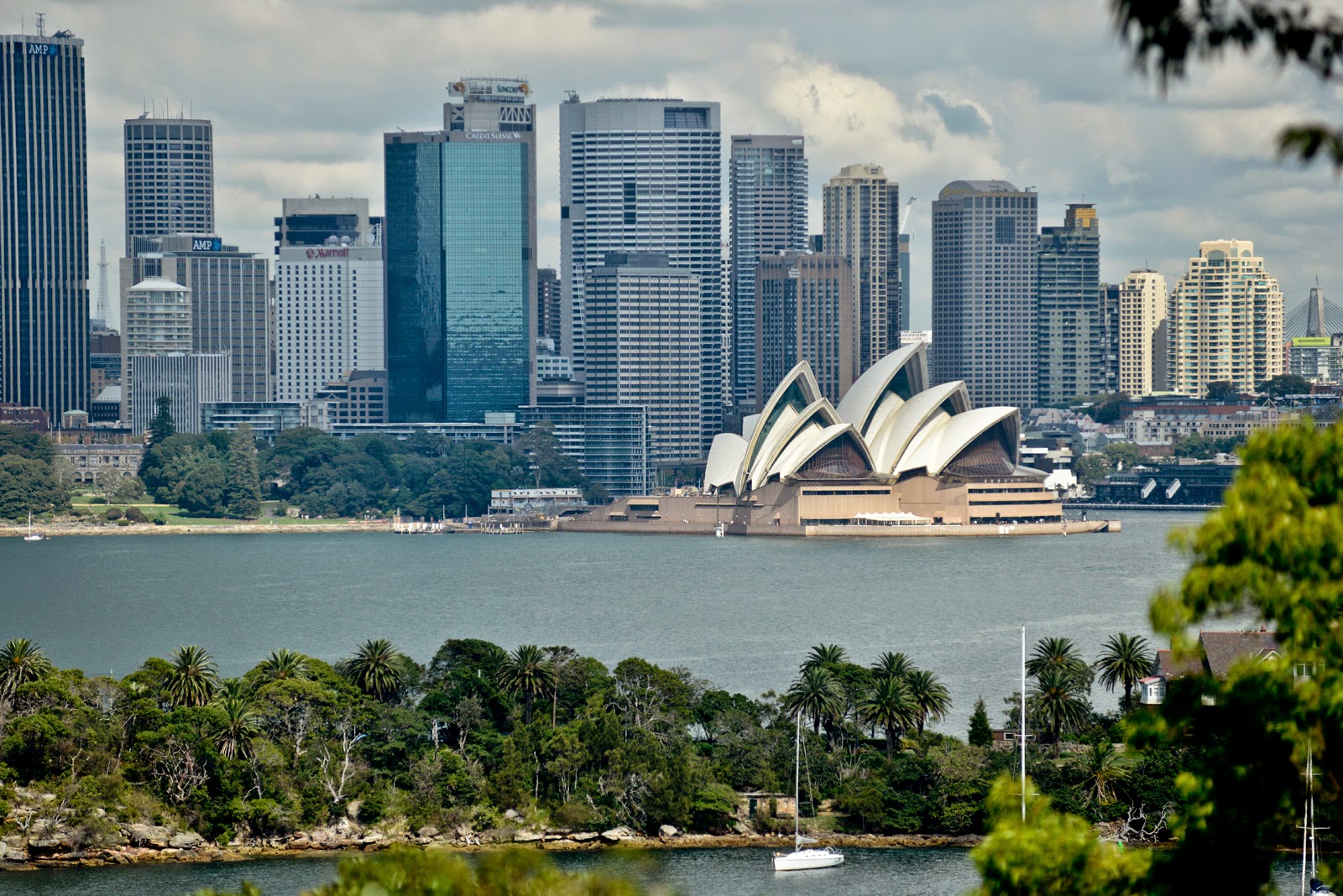It's time to go home and leave all of this behind, perhaps for another trip someday. This far off corner of the world, so completely removed from everywhere else has allowed us to see and enjoy things not existing anywhere else on Earth. It's been a supreme adventure and one that we would recommend to anyone who finds an opportunity to travel here to witness it for themselves. If that isn't possible we hope that this glimpse into what we have seen will bring you enjoyment and fill you with the awe that we experienced. Thank you for traveling along with us, we were glad to have you aboard.
Our trip was comprised of eight separate flights consisting of forty-two hours in the air totaling 20,060 miles. The journey included numerous busses, inner-city trains, taxi-cabs, two gondola rides and miles and miles of walking as our methods of travel.
Our trip was comprised of eight separate flights consisting of forty-two hours in the air totaling 20,060 miles. The journey included numerous busses, inner-city trains, taxi-cabs, two gondola rides and miles and miles of walking as our methods of travel.
Here's an abbreviated list of Adventures
1. Weathered cyclone Lusi which arrived just in time to greet us on our arrival in Auckland, New Zealand
2. Quaffed cider with the friendly hobbits at The Green Dragon Inn in The Shire at Hobbiton
3. Explored the world’s youngest geothermal area and witnessed water boiling from the ground at 240 degrees.
4. Performed the Haka war dance with the Maori Tamaki tribe (and ceremonially stuck out a tongue as they did, wow, Brian did look fierce!)
5. Drove on the left side of the road (with much trepidation both to us and to the natives!)
6. Traversed the incredibly beautiful Cook Straight on a huge ferry between the North Island and South Island of New Zealand
7. Meandered through the Marlborough wine country near the city of Picton, New Zealand on the tip of the South Island
8. Enjoyed a picnic lunch on Lake Rotoiti (with black eels present) at Nelson Lakes National Parks (truly awesome scenery!)
9. Felt the wrath of the Tasman Sea at the Pancake Rocks and Blowholes State Parks
10. Kayaked on lovely Lake Brunner with absolutely no one else in view and in total silence
11. Rode horses overlooking the dramatic Waimakarri Gorge
12. Witnessed the beauty of the city of Christchurch from atop a dormant volcano though the city itself had been devastated by earthquakes.
13. Felt the charm and the warmth of the great city of Melbourne
14. Experienced life as a criminal at the Old Melbourne Gaol (Jail)
15. Swam with turtles and stingrays and rode in a submersible craft beneath the waters of The Great Barrier Reef
16. Hopped aboard a one hundred year old train for a memorable journey through the hot and wet Kuranda Tropical Rain Forest
17. Napped with kangaroos and wallaby’s at the Taronga Zoo
18. Ferried through the Sydney Harbour. Then perched high above the city for a view from the Sydney Eye Tower.
19. Travelled from 45 degrees north Latitude to 45 degrees south latitude and back, crossing the equator and the International date line twice.
20. Enjoyed the warmth and sincere welcome of countless friendly and truly accommodating New Zealanders and Australians































